Sgt. Troy ChristiansonApril 27, 2019 GMT
Question: I want to install a lift kit and put bigger tires on my Jeep. I want to comply with all the state laws. What is a bumper height law and the law about tires that extend out past the fenders?
Answer: Anytime you make any modification or alteration to a vehicle’s stock suspension and tires/rims, it can change how that vehicle handles, steers, brakes and could affect its overall performance.
Below are a list of equipment violations and safety issues that I have seen over the years with modified trucks:
• Bumper height violations: The law in Minnesota says bumper height must be within six inches of the factory bumper height. The maximum bumper height for 4x4s is 25 inches. Bumpers must be at least 4 1/2 inches tall and must extend 10 inches outside of each frame rail. The height of the bumper shall be determined by measuring from the bottom of the bumper, excluding any vertical bumper attachments, to the ground.
A vehicle that has an original bumper that does not exceed a height of 30 inches may be modified by attaching a full width bumper to the regular bumper to meet the height requirement.
ADVERTISEMENT
• Tires exceeding past the fenders: Installing wheels that extend outside the fenders require a fender flare. They must be at least as wide as the tires and must have a clearance of not more than nine inches from the ground when the vehicle is empty.
• Speeding due to larger tires/rims: The speedometer reads how many revolutions the tires are making, not how fast they are spinning. With larger tires the circumference of the tires is larger, meaning the distance around the tire is longer, so with each revolution you are travel further than before. Now, the actual speed of the vehicle is higher than the speedometer reads. It will be lower if smaller tires/rims are installed. I recommend stopping at a local auto/tire shop so they can advise on how much your speedometer would be off.
• Higher risk for a rollover crash: Increasing the vehicle’s height will increase the vehicle’s center of gravity, making it less balanced. This could be a problem when taking sharp turns, as a higher center of gravity gives the vehicle a tendency to lean more, increasing the chances of rolling over or losing control. Additional modifications may be needed to correct this. Make sure to read the lift kit manufacturer’s instructions when installing it yourself or have it professionally installed.
• Braking, steering issues, reduced blind spots and overall safety of your vehicle. By adding larger tires and rims, the stock brake system may need to be upgraded. The front suspension may need bigger and stronger parts. Taller vehicles may increase your blind spots, as smaller vehicles may be less visible. Adding larger mirrors, relocating the current mirrors or adding a blind spot mirror to help see vehicles in blind spots might be necessary. It is highly recommended that you consult with a professional mechanic before modifying a vehicle to assure it is safe and complies with all state laws.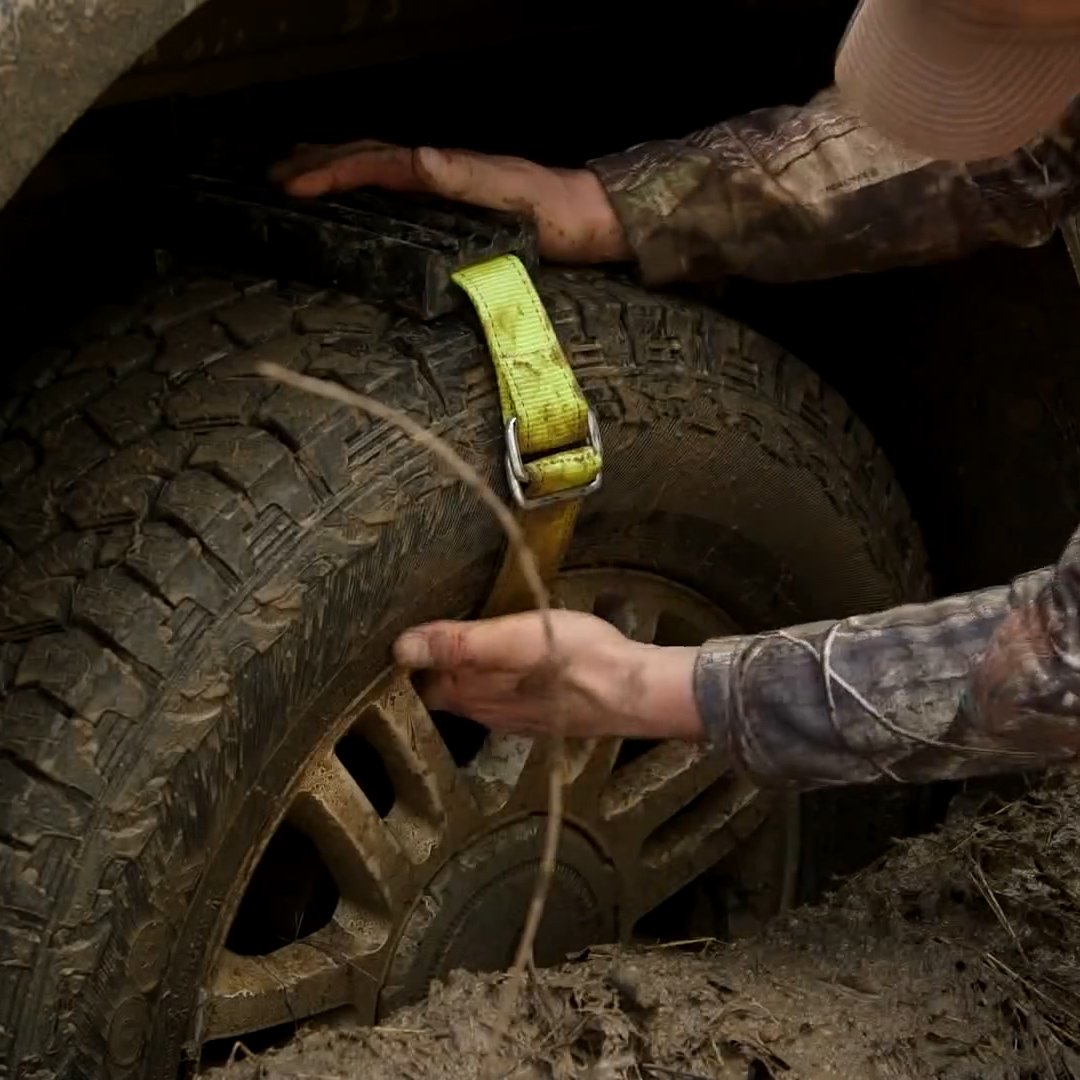
ADVERTISEMENT
You can avoid a ticket — and a crash — if you simply buckle up, drive at safe speeds, pay attention and always drive sober. Help us drive Minnesota toward zero deaths.
Last Updated October 14, 2022
TireHungry.com is reader-supported. When you buy through links on our site, we may earn an affiliate commission at no added cost to you
Custom work on your vehicle is always fun. Some customizations enhance performance, whereas others just look or sound cool. One thing you might be thinking about is changing how far the tire comes out. firstly, because a wider tire on an RWD car will give you more power or simply because the car will look like a street racer.
Unfortunately, it is illegal in most states for the tires to stick out past the fenders. Some states do allow an inch or two to stick out whereas other states allow it if there is a mud guard in place past the fender as well. In most cases though, it is illegal for the tire to stick out past the fender.
In most cases though, it is illegal for the tire to stick out past the fender.
What's In This Guide?
As with all the parts of your vehicle, the fenders are there to do a job and as with many parts that job is to do with safety. Fenders are there to stop any mud, stones, or any other debris which is kicked up from the tires from flying up and hitting other vehicles or people.
They don’t stop everything as some stones and debris are flung out to the sides, which we all have been a victim of, especially when passing big trucks. We would all have many more chips and cracks in our windshields if cars didn’t have fenders.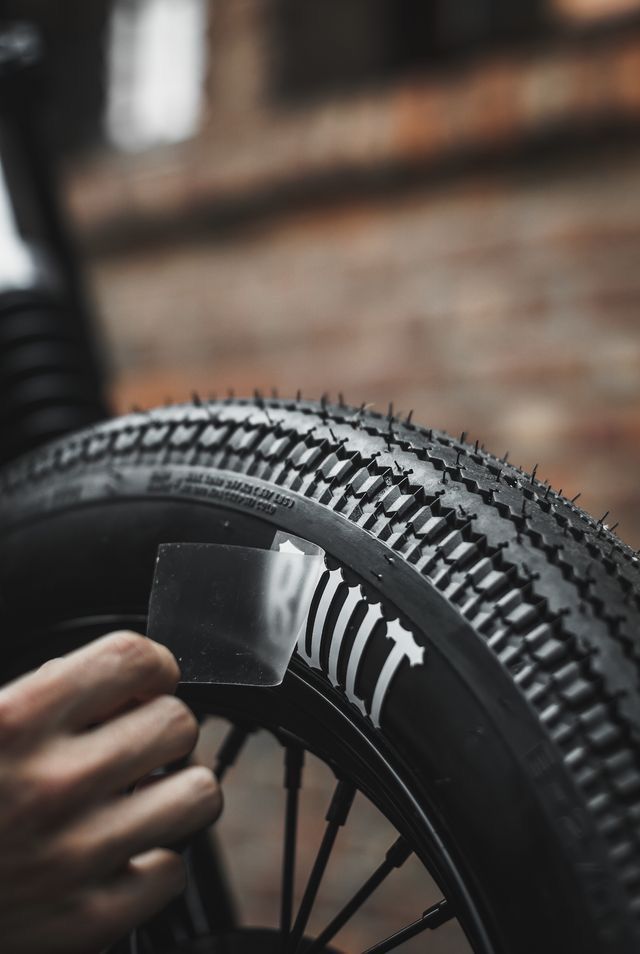
As I mentioned, some states do allow part of the tire to extend past the fender, however, most of the time it is only as far as where the tread starts. So pretty much just the shoulder and sidewall can be sticking out past the fender. I recommend looking up whether or not your state allows this.
What Is Considered a Fender?With modern-day vehicles, the term fender is used less and less and technically you might not even have a “fender” on your vehicle. Today’s Volkswagen Beetles are just about the only common vehicle that still sports traditional front and rear fenders.
Most other vehicles have quarter panels at the rear or a wheel-well style fender. Whichever kind of fender your vehicle has, the rules are still the same. In most states, you cannot have the tire sticking out past the “fender.”
Both front and rear fenders are important. The rear fenders stop objects from being thrown backward and hitting vehicles or people behind. Whereas the front fender stops objects from being thrown forwards.
Whereas the front fender stops objects from being thrown forwards.
Objects can be thrown forwards when they get temporarily stuck in the tread, make it halfway round to the top of the tire, then become dislodged and go flying forwards.
Why The Do 2022 Formula 1 Cars Have Front Fenders?If you are reading this and are a part of the rapidly growing F1 fandom, you might be wondering if F1 cars have fenders for the same reasons. Well, the short answer is no, F1 cars do not have fenders to prevent stones from being kicked up at other drivers.
The new front fenders or fins are located above the front wheels. They have been introduced and made standard to provide more downforce for the teams. Why do the racing cars with the most downforce in the world need more downforce?
Because of the rule changes, a lot of downforce has been lost, so the front wheel fins are there to lessen the blow a little. These new rules have been put into place to help teams and drivers race closer, more aggressively, and for longer.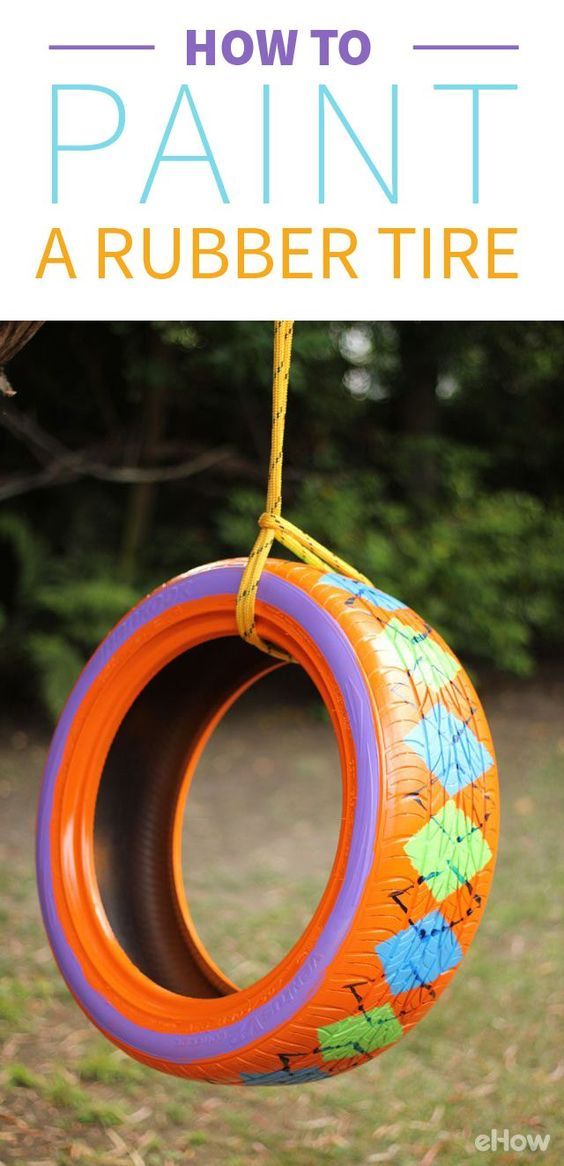
Previously, the cars gave off so much “dirty air” that when they got close to the car in front of them, they would lose massive amounts of downforce. With the new regulations the air coming off the cars is far cleaner and most of the dirty air created, from the rear wing, is directed upwards, over the car behind.
Is There Anything That Can Be Done If You Want Wider Wheels?If you really want wider wheels, there are a few things you can do. First of all, you could get custom fenders which come out further, giving you more room to play with. Almost any car can be customized to have larger fenders.
Some fenders can simply be bolted on, whereas others are seamlessly welded to the vehicle. A weld job will mean you need some new paint, but if you are into custom cars, then this is no big deal for you. Additionally, some states allow tires to extend past the fender if they are backed up by a mud flap.
What States Have Exceptions to The Rule?There are at least two states that have exceptions to the rule, firstly Ohio and secondly Louisiana. The rule in Ohio is that half the tire needs to be covered. This means that if you want to run super-wide tires you can do so as long as the tires are halfway covered.
The rule in Ohio is that half the tire needs to be covered. This means that if you want to run super-wide tires you can do so as long as the tires are halfway covered.
Ohio’s laws also apply to the height though. It does not matter how high the vehicle itself is. Whether your vehicle is 3 inches off the ground, or 3 feet off the ground like big lifted trucks, vertically half the tire need to be covered.
Louisiana is even more relaxed with its laws compared to Ohio. Louisiana has a law called Title 32 or the “street legal laws” for automobiles. There is no specified reference to how far a tire can stick out past a fender. The law simply states that a vehicle cannot have a maximum width wider than 102 inches.
ConclusionTo sum it all up, it is illegal in most states to have the tire stick out past the fenders. Some states allow the sidewall and shoulder to stick out whereas other states such as Ohio and Louisiana are far more relaxed.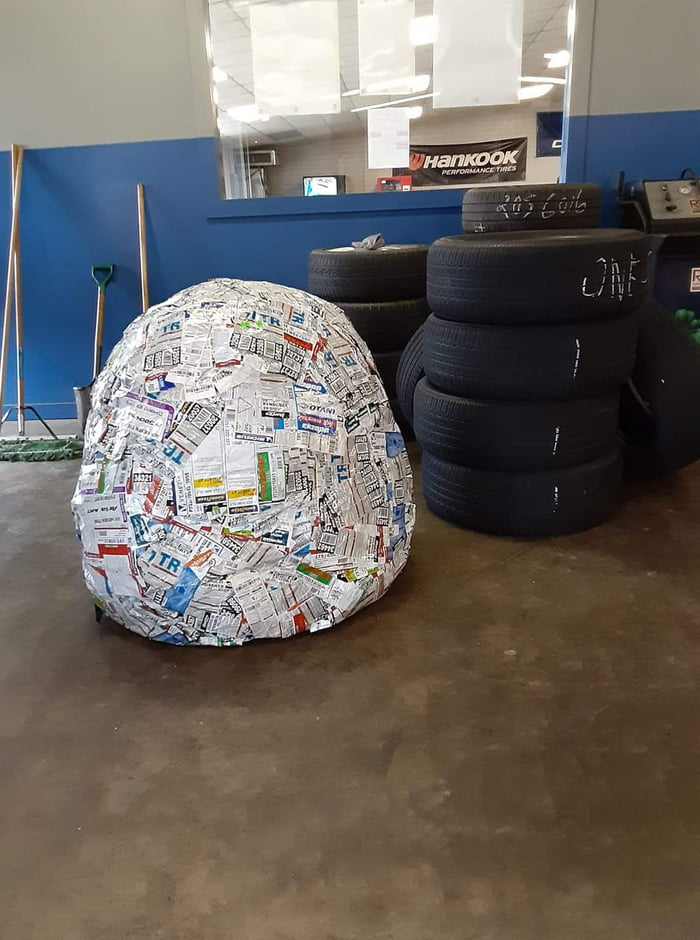
If you want to rock wider tires you should either check your state’s laws or modify your vehicle to have wider fenders.
Recently Published Guides
Top Tire Retailers
Almost all car owners faced the problem of choosing rims .
This is especially true given the quality of the road surface in Stary Oskol. I drove into a small hole and the disk is no longer subject to correction.
The fact that the winter season is approaching makes the topic even more relevant. It's time to change summer tires to winter tires . Many drivers, in order not to stand in lines, buy a second set of wheels and tires. And independently change the wheels in the garage.
Be that as it may, in any case, you will be faced with a choice of disks. And if everything is more or less clear with the diameter, then what does it mean, for example, 6J, or ET? But there is also PCD. Let's figure it out, but first let's talk about what discs are.
Let's figure it out, but first let's talk about what discs are.
Today, wheels are divided into three main types according to the principle of manufacture. We are talking about classic stampings, which are popularly called pressure cookers, cast disks, as well as forged ones. What is the difference?
Stamped wheels Stamped wheels. The cheapest and most affordable option, but far from the most beautiful. They are made from "black" steel. The rim and front part are stamped separately, and then welded and enamelled. Most often, such disks can be seen in the basic configurations of budget cars. Usually stamps are covered with plastic caps to make it prettier. The main plus, in addition to the price tag, of course, maintainability. When hit, the wheels crumple, and it will not be difficult to straighten them. Of the minuses: the discs are terrible (yes, they heard about the taste and color) and heavy. The difference in mass can be up to 30% compared to a casting of the same diameter.
Alloy wheels. From the name it is obvious that these wheels are made by casting into a pre-prepared matrix. Unlike stamps, they are most often made from aluminum alloys. Mixtures based on magnesium and titanium can also be used. From here, by the way, came the colloquial name "titanki". The first big plus of alloy wheels is weight, the second is shape. In this case, designers have a place to roam. But it wasn't without its downsides. With a strong impact, the casting does not wrinkle, but crack. That is, repairs, if possible, will be more costly and problematic.
Forged wheels Forged wheels. This is the most top top, combining the best qualities of stamping and casting. Just don’t imagine a blacksmith who hammers a workpiece until it turns into a wheel. No. In fact, we have stamps in front of us, but created by a more complex and expensive method from durable alloys. They do not crack on impact and are light in weight.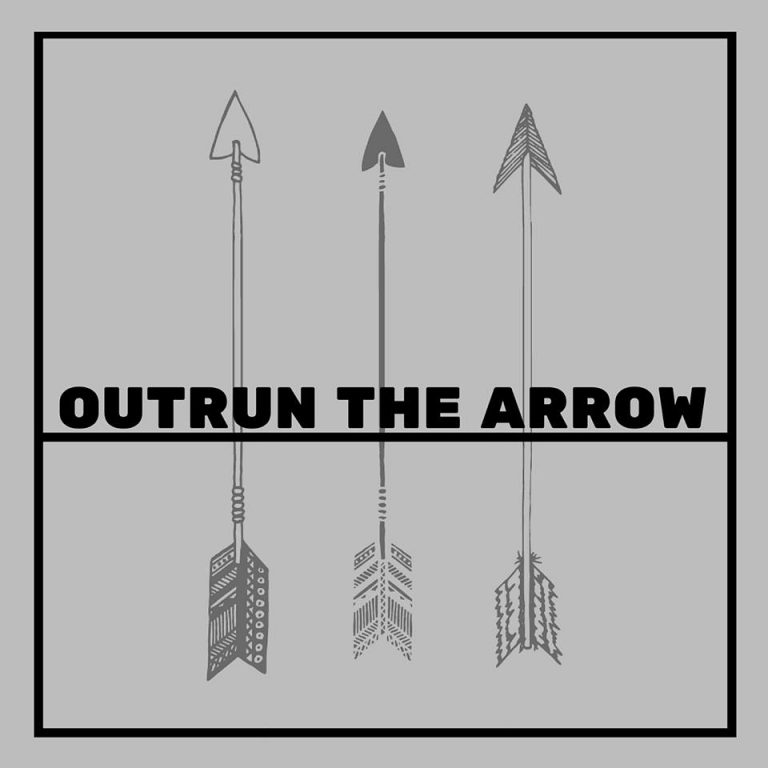 There are also disadvantages, of course. The main one is the price. Forging is the most expensive option for mass-produced discs.
There are also disadvantages, of course. The main one is the price. Forging is the most expensive option for mass-produced discs.
Bore. Disc circumference in inches. Nothing complicated. Usually, the diameter is written not just with a number like 17, 18, etc., but also with the letter R. A logical question arises: what does it mean? No, it's not a radius at all. The designation came from the world of tire manufacturers, where radial tires were marked this way. For the R disk, it carries absolutely no information.
You can find out which disc diameter you need in the car manual or on the stickers in the doorways.
PCD PCD - the number and diameter of the disc mounting holes. In the people, this parameter is called bolt pattern or drilling. Denoted by PCD with two digits with an x between them. For example, the PCD for Toyota Camry XV70 wheels looks like this: 5×114.3 where 5 is the number of bolts, and 114. 3 is the diameter of the circle on which the mounting holes lie.
3 is the diameter of the circle on which the mounting holes lie.
Disc width. The same simple parameter as the diameter is indicated in inches. The width is written with an alphanumeric combination like 9J. In this case, we are talking about a 9-inch drive.
Wheel width tolerances are usually written in the same place where the bore diameter is indicated in the user manual.
Disc overhangDisc overhang. Designated as ET. The scientific definition of offset is as follows: the distance from the mating plane of the disk to the hub to the longitudinal axis of symmetry of the disk. Difficult right? Let's try to simplify. The axis of symmetry is the line that bisects the width of the disk. Well, with the mating plane, the wheel is applied to the hub. With the exception of zero overhang, there are positive and negative overhang.
For discs with a negative ET parameter, the axis of symmetry is more distant from the vehicle than the mating plane.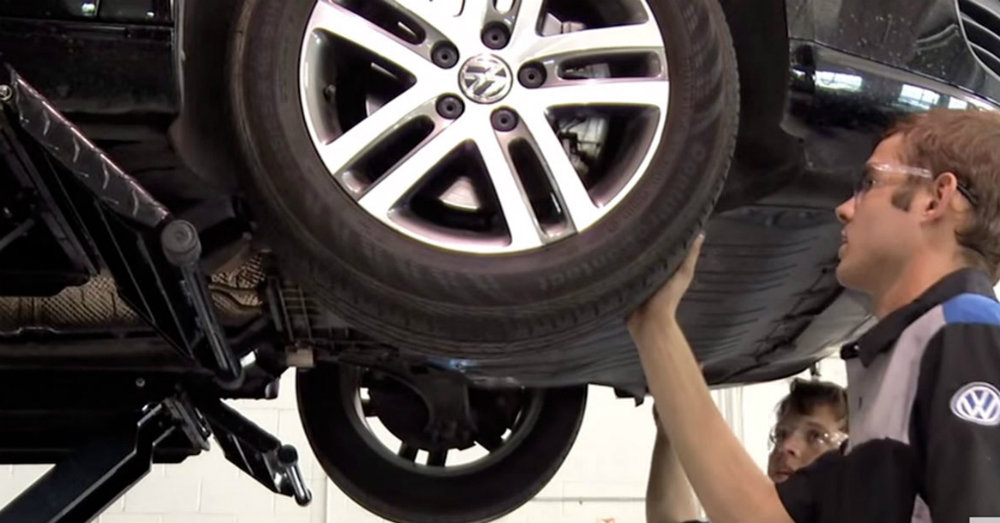 Due to this, they get a beautiful "shelf" and help to make the track wider. In the case of positive, the axis of symmetry lies closer to the machine.
Due to this, they get a beautiful "shelf" and help to make the track wider. In the case of positive, the axis of symmetry lies closer to the machine.
Center hole diameter. Designated as DIA. Very few motorists pay attention to this parameter, although it is very important. If the hole is smaller than necessary, then the disk simply will not fit into place, but if it is larger, as is often the case, then it can be installed, but there will be problems with alignment.
Drivers think that in this case the wheel will center itself when the bolts are tightened, but in reality this will not happen. Center rings required. If your discs are even and balanced, but there is vibration or beating when moving, then you should check the DIA.
Shape of fixing holes. Far from the parameter that people pay attention to, but it is very important, especially when switching from stamped wheels to casting or forging. The point is this. Nuts for cheap dies have a slightly tapered flat that fits against the disc when tightened. This is due to its small thickness. But in the case of more expensive wheels, there are holes designed for fasteners with a more pronounced cone or even for flat nuts. And without using the correct fasteners, the disk simply cannot be pulled normally.
This is due to its small thickness. But in the case of more expensive wheels, there are holes designed for fasteners with a more pronounced cone or even for flat nuts. And without using the correct fasteners, the disk simply cannot be pulled normally.
There are two sides to this question. The first is legal. If we are talking about a new car, then the increase in the diameter of the discs should take place only in strict accordance with the manufacturer's recommendations. Otherwise, the owner of such a car risks losing the warranty.
And even if the loss of the warranty does not threaten you, replacing wheels with larger ones, and even those not provided for by the manufacturer, is prohibited by the requirements of the technical regulations of the EAEU. This is regarded as a design change. In other words, refurbishment.
The second side is technical. You can’t just take and put discs of a larger diameter or width on a car. Everything has a limit. If you incorrectly calculate the final wheel size, you may encounter a number of problems. The most harmless is the lack of space. In fact, the wheel will rub against either the fender liner or the arch itself, which will quickly lead to tire wear. If you don’t guess with the width of the disc, then at least it will stick out ugly from under the arch and cling to the suspension details at the maximum. Incorrect offset threatens, for example, with rapid wear of wheel bearings.
If you incorrectly calculate the final wheel size, you may encounter a number of problems. The most harmless is the lack of space. In fact, the wheel will rub against either the fender liner or the arch itself, which will quickly lead to tire wear. If you don’t guess with the width of the disc, then at least it will stick out ugly from under the arch and cling to the suspension details at the maximum. Incorrect offset threatens, for example, with rapid wear of wheel bearings.
Another unpleasant bonus of non-standard wheel size is the speedometer reading. From the factory, the speedometer slightly lies, increasing the real speed indicator. With an increase or decrease in the overall diameter of the wheel, the speedometer will become stronger.
It is important to understand that the choice of rims is a responsible matter. The comfort of movement, the beauty of the car, and its safety will depend on it.
On our site you can buy car wheels by setting the parameters you need R, PCD, J, ET and DIA in the search filters.
Or just call: 8(4725) 37-81-03, and our managers will help you make the right choice.
Ivan Flyagin
Never forget that tires are a consumable item that has its own lifespan. Often, due to unbearable loads and serious injuries, they “die” ahead of time, and the sooner you see the symptoms of a deadly disease, the better.
The most common phenomenon that older tires are subject to is tread wear. According to the traffic rules, its residual depth on summer tires for passenger cars should not be lower than 1.6 mm. Recall that initially this value is 7.5 - 8.5 mm. In new winter tires, the pattern height varies from 9up to 15 mm, and the acceptable minimum norm is 4 mm.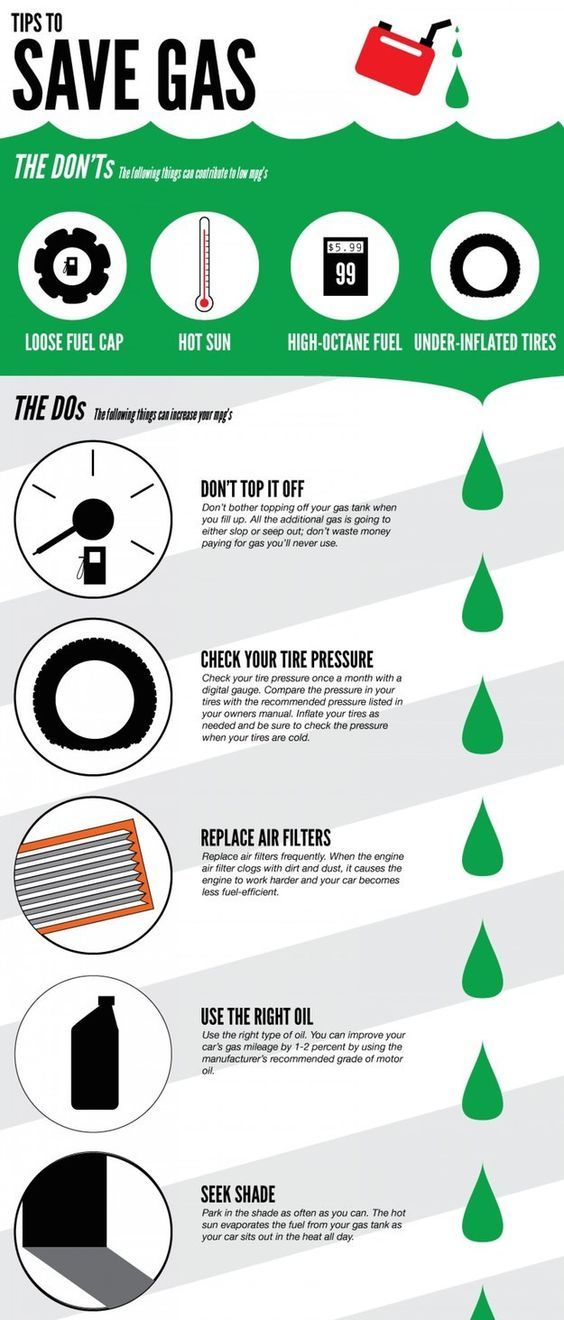
Please note that tires often wear unevenly, so measuring the tread depth is necessary along the entire length of the pattern, and this should be done by professionals using special tools. If your tires have the specified parameters below the norm, it is better to get rid of them urgently.
Recall that between the tire tread and its carcass there is a breaker consisting of cord layers. If it shows through the wear on the old rubber, then this is the extreme stage of tire wear, which is long overdue for disposal. On a new product, the cord from a deep cut may also be exposed. In both cases, operation is extremely dangerous, since a defect in the breaker will lead to deformation and gradual destruction of the tire structure.
Internal damage to the tire carcass can cause a herniation. Usually swelling occurs from strong impacts of wheels on the edges of pits and high bumps. Although it happens that this is a consequence of a manufacturing defect, as a result of which there was a delamination of the frame. In any case, the presence of a hernia indicates a slow leakage of air from the internal cavity into the tire body, which at any time is fraught with its instant rupture.
In any case, the presence of a hernia indicates a slow leakage of air from the internal cavity into the tire body, which at any time is fraught with its instant rupture.
Cracks usually appear on worn tires when hitting potholes and bumps. Even if they are small and shallow, it is still a call to change tires. Under the influence of external factors, they gradually grow and reach the cord, as a result of which the breaker layer undergoes corrosion and further destruction. So any crack indicates the need for an urgent change of rubber.
Increasingly, global tire manufacturers are equipping their products with a wear indicator, which comes in different types. Most often, we are talking about a small rubber transverse bar 1.5 mm high, located in the tread groove. As soon as the height of the pattern is equal to it, the rubber is off. The indicator is marked on the side of the tire with the letters TWI, a triangular mark, or a logo.